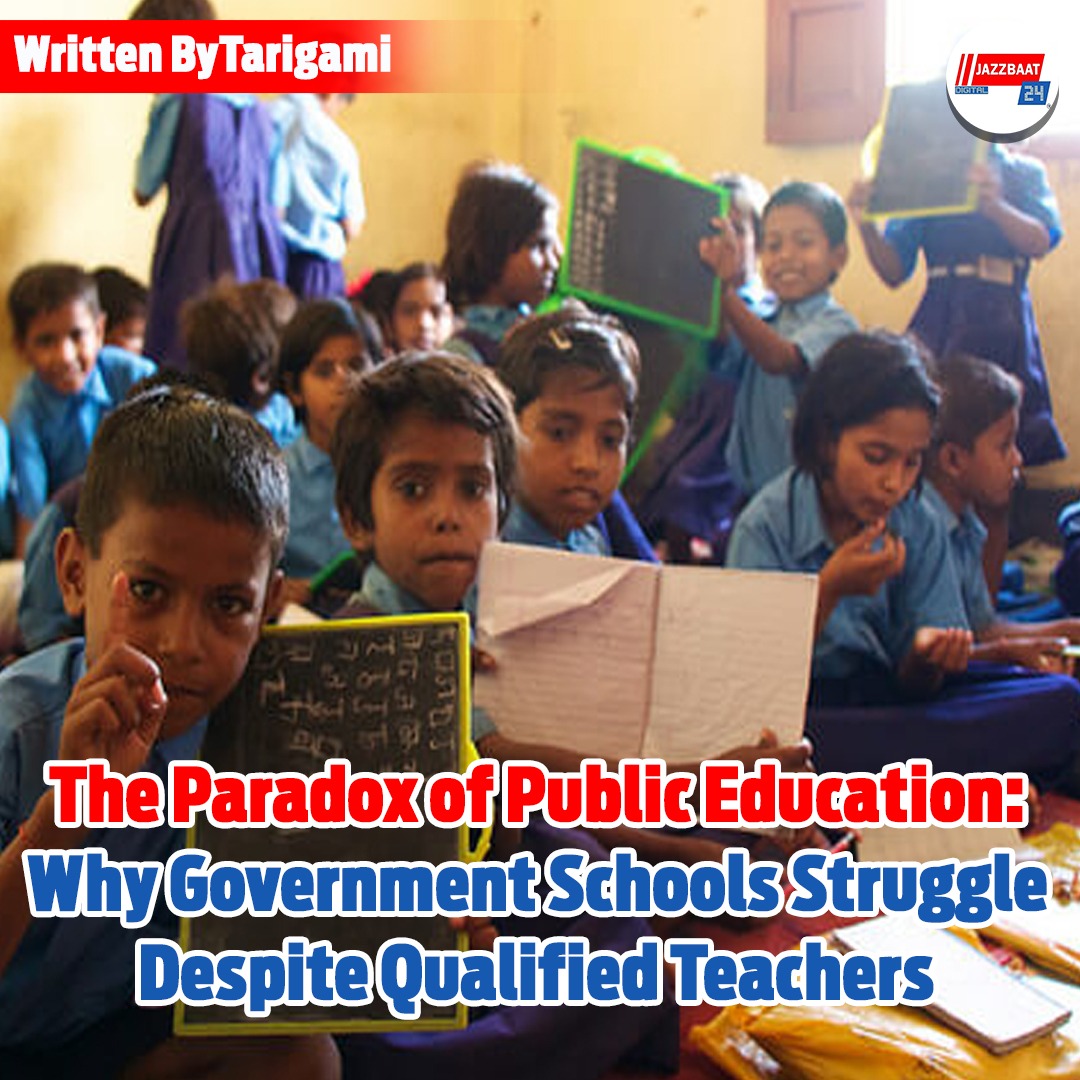
BY Tarigammi
In the realm of education, a perplexing paradox exists. Government schools, often staffed with well-qualified teachers and offering the significant advantage of free education, frequently find themselves overshadowed by private institutions. This begs the question: why, despite the financial benefits and the presence of trained educators, do parents often opt to pay for private schooling, even when resources are limited?
One of the primary issues lies in the perception of quality. Despite the qualifications of teachers, government schools are often perceived as lacking in certain areas. This perception can stem from a variety of factors, including outdated infrastructure, inadequate resources, and a perceived lack of individual attention for students. Furthermore, the management systems within government schools are often criticized for their bureaucratic nature, which can hinder the implementation of innovative teaching methods and the effective addressing of student needs.
To reverse this trend, a fundamental shift in the management and operational strategies of government schools is necessary. This includes investing in modern infrastructure, providing teachers with ongoing professional development, and empowering school administrators to make decisions that benefit students. By addressing these issues, government schools can enhance their reputation and attract more students, ultimately providing a high-quality education for all children, regardless of their socioeconomic background.